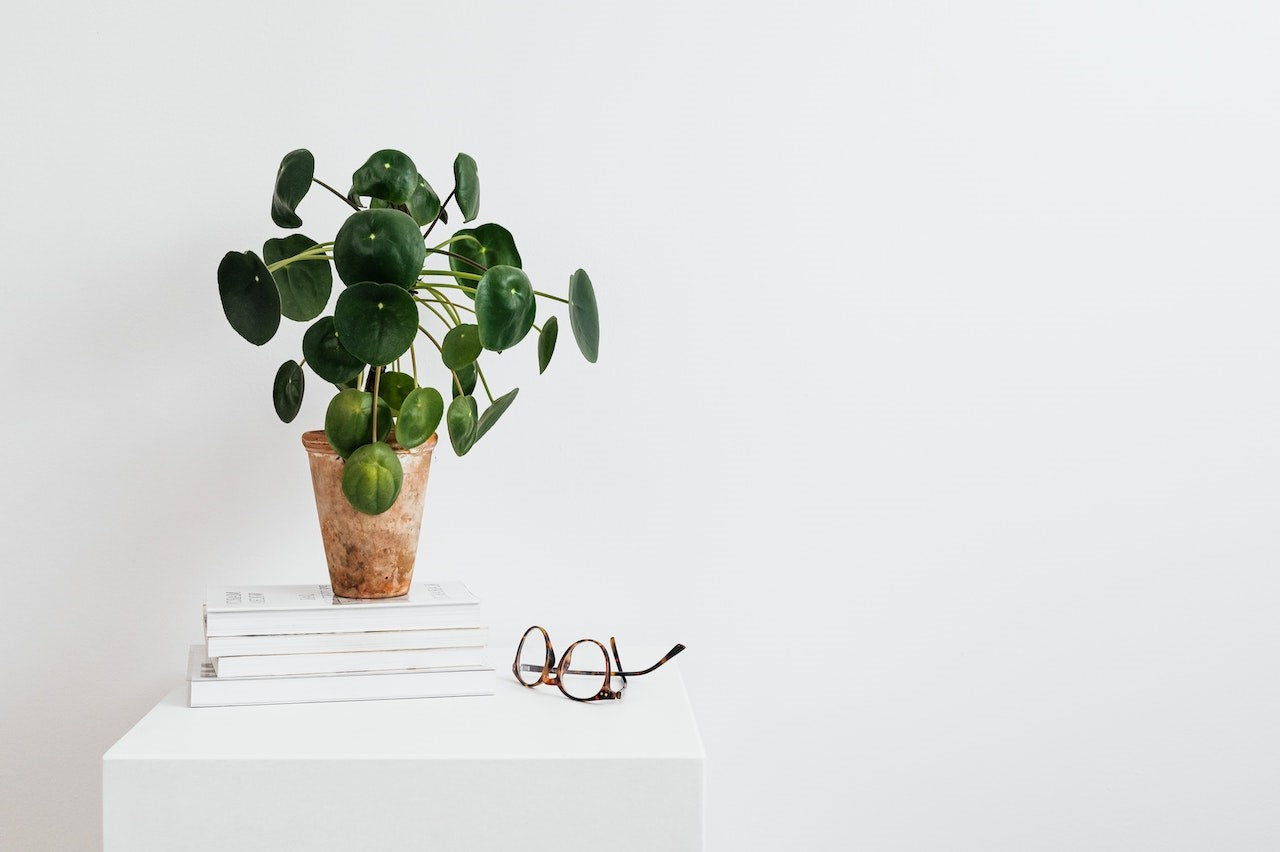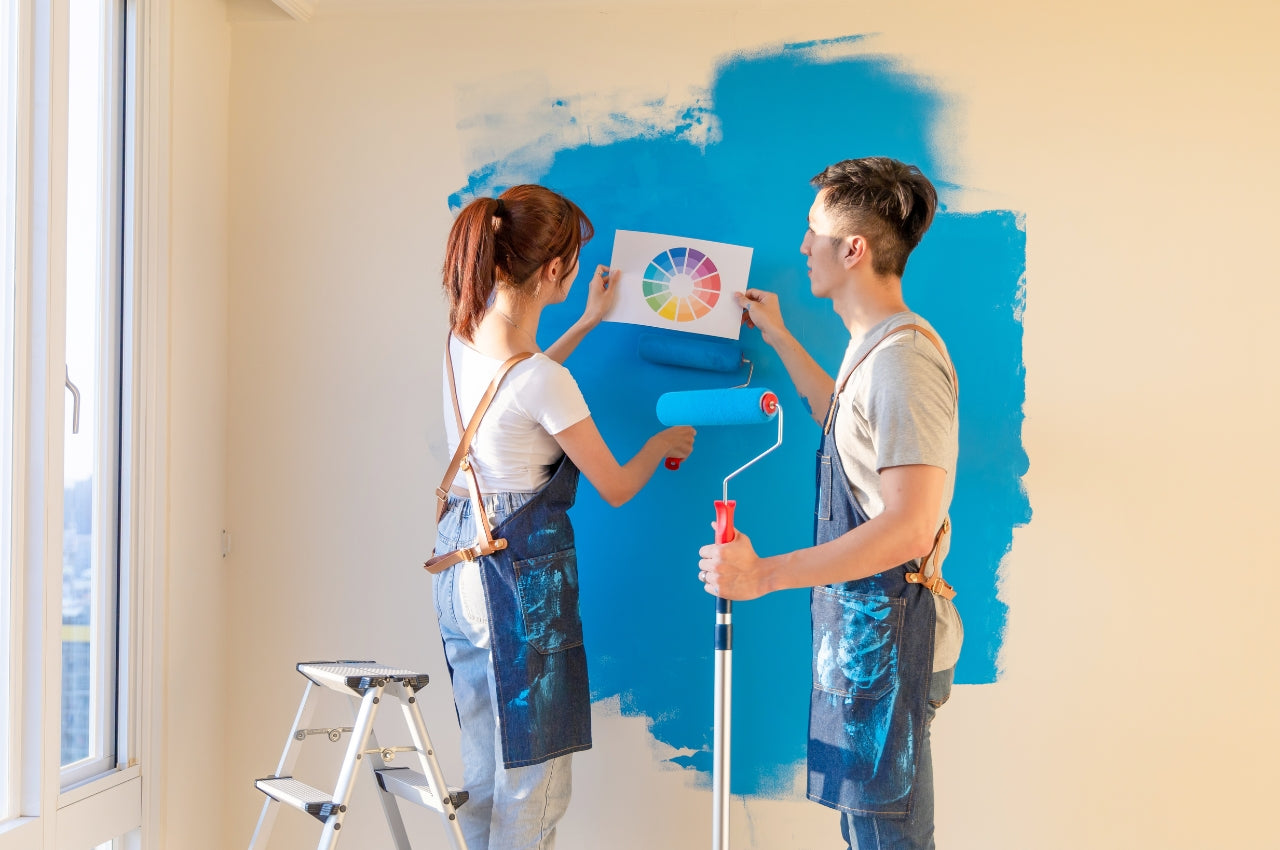If you’re shopping for an area rug, you most likely get the suggestion to pair it with a rug pad. Now you ask yourself, “What exactly do rug pads do?”
Rug pads are not accessories or unnecessary add-ons to your purchase. They are more important than you think—rug pads help protect your loved ones, your beautiful rug, and the floor.
Here are five things rug pads do that make them a household essential:
1. Protects the Floor
The backside of an area rug tends to be rough and may cause scratches on the floor, no matter what type of flooring it is. Depending on the type of material your rug is made out of, it may also trap dust, tiny rocks, and other sharp particles that are abrasive to your floor.
A rug pad prevents scratching on hardwood floors, including dye transfer from your carpet, by acting as an additional layer beneath your area rug.
2. Prolongs the Rug’s Lifespan
The most important thing that rug pads do is protect your precious rugs from wear and tear. They basically function as shock absorbers. Good rug pads have a slight bounce, helping remove the strain off the rug’s fabric and fibers as they bear weight.
Without rug pads, the area rugs will have to carry the weight of furnishing and the impact of everyday foot traffic all by themselves. The material will be crushed, causing wear and indents around the rug much sooner than you think.
3. Anchors Your Rug Safely
You know that slipping on a rug is a potential issue if you have kids or live with the elderly. But using a non-slip rug pad may help prevent this. It keeps the area rug from slipping or bunching up underneath you and becoming a trip hazard.
Aside from the added layer of protection, a pad also anchors your area rug, holding it in place as you vacuum, move furniture, or just simply walk around it. For extra caution, you can always ask a professional to secure your rug.
4. Helps Reduce Noise
Rug pads significantly reduce noise, making them among the best materials to use to soundproof a room. Regular area rugs soften footfall and minimize noise impact, but with added support from rug pads, you can decrease noise by 50 to 70 percent.
5. Boosts Cleanliness
Bacteria can get trapped under your area rug, but having a rug pad underneath it helps increase airflow. Better air circulation prevents mold, mildew, and odor from setting in this particular area. This makes your room cleaner altogether.
Choosing a Rug Pad

When choosing rug pads, there are a few things to consider. The most important is the grip and how it works with your rug and the floor. Of course, choosing a rug pad largely depends on your preference. But for us, you can maximize rug pads by prioritizing grip quality and its dynamics with other materials.
Memory foam rug pads are soft, and their cushiony quality makes them a great option for bedrooms, especially if you have a baby or a toddler. For hardwood floors, a felt-rubber pad is typically a good choice. But felt isn’t water resistant, so it’s better to opt for a rug pad made entirely of rubber for areas where there’s water, like the kitchen.



Leave a comment
This site is protected by hCaptcha and the hCaptcha Privacy Policy and Terms of Service apply.